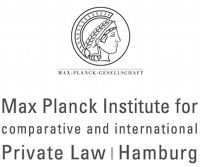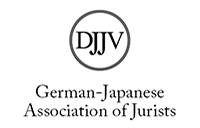Financial Markets Regulation in Japan
Abstract
This article provides an overview of the regulation of Japan’s financial markets. It begins by introducing the institutional framework in a discussion considering the Japanese corporate landscape of today, the development of the regulatory architecture in the years from 1945 to the early 1990s as well as its fundamental amendment after 2000, and the structure of financial market supervision. This is followed by a comprehensive analysis of capital market regulation and of the Financial Instruments and Exchange Act as its basic law. From the perspective of public law (supervisory mandatory law), special emphasis is laid on information and transparency duties in the primary market, prohibited conduct in the secondary market such as insider trading, the regime of sanctions, and different types of investment services. From the private law perspective, the article discusses the Financial Products Trading Act, the system of close-out netting, and the securities depository and book-entry regime. Further topics are securitization and derivatives regulation. A third major part deals with the regulation of banking services. The article closes with a brief policy outlook.






